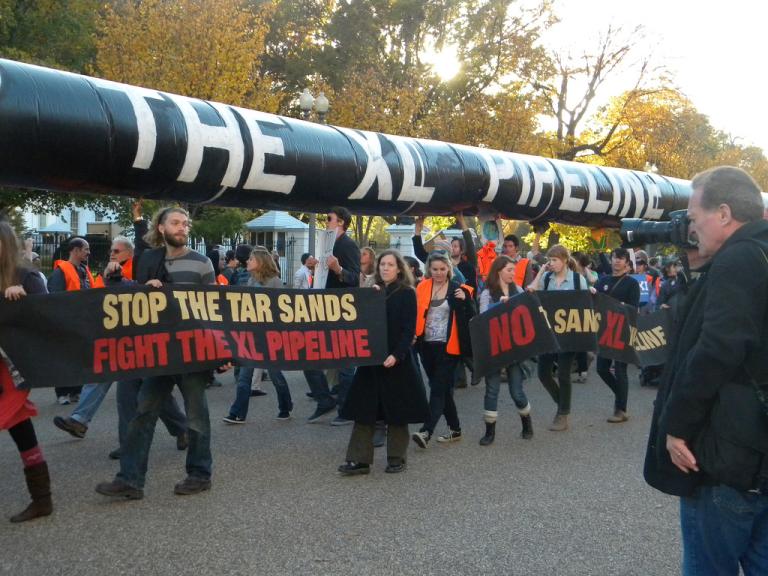It is ironic that despite relatively progressive clean energy policies the West Coast is paying an unusually high price for global carbon emissions. Ocean water off the Pacific coast has absorbed so much carbon that it is becoming acidic enough to melt the shells of sea creatures. Our national and global addiction to fossil fuel and unwillingness to seriously reduce carbon emissions is taking its toll, right here, in real time, with profound implications for the Pacific Ocean.
The oceans act like a massive sponge soaking up airborne carbon. As carbon dissolves in the ocean it forms carbonic acid. Once acidity becomes high enough the shells literally dissolve.
Due to a uniquely structured coastline and system of currents, deep, older water surfaces along the Pacific coast. This older water has been soaking up carbon for a relatively long period of time and therefore is unusually acidic.
The first economic casualty of ocean acidification is the multi-million dollar West Coast shellfish industry. Acidity levels are already high enough to hinder oyster larvae in forming shells. Some hatchery businesses have moved to Hawaii. Others are installing expensive monitoring equipment and shutting down operations when acidity is too high.
The harm done to oyster farmers is just the tip of the iceberg. Acidification could disrupt the entire marine food web. Pteropods are tiny, snail-like creatures that are a fundamental food source for myriad species, from fish to whales. They make up 50 percent of the diet of Northwest salmon. Researchers predicted pteropods could begin dissolving by mid-century, but Seattle scientists have recently discovered that acidifying seas are damaging pteropods right now — decades earlier than expected.
Coral reefs are also in the crosshairs of ocean acidification. Acidity slows reef-building and eventually leads to their erosion and extinction. Coral reefs serve as the home for many species and their disappearance would have profound consequences on the food web.
The oceans provide over 25 percent of all protein consumed by the entire human species. The collapse of the marine food web and the numerous fisheries that depend upon it will have incalculable ramifications for a human population headed toward ten billion people.
How the West Coast region deals with this crisis will have implications for the world since ocean acidity is on the rise globally. According to the National Oceanic and Atmospheric Administration ocean acidity has increased 30% since the beginning of the Industrial Revolution.
Researchers predict that if carbon emissions continue at their current rate, ocean acidity will more than double by 2100. A sane response to a threat of this magnitude would be an all-out mission to replace coal and oil with low carbon alternatives. Such a response need not be purely sacrifice. West Coast states have been pioneering carbon and clean energy strategies and those strategies are paying off economically.
More than 500,000 Pacific Coast residents are cashing full-time, clean economy paychecks right now. These sectors are producing jobs faster and paying better than the economy in general. They have also been more recession-proof. Over the next eight years, clean economy sectors could generate over one million net new jobs in the region (The West Coast Clean Economy: Opportunities for Investment and Accelerated Job Creation).
An aggressive commitment to low carbon policies, practices and technologies is a must if we are to protect the Pacific Ocean and slow the pace of acidification. Fortunately such an approach will further boost our regional leadership in producing clean economy products and expertise.
As the first place in the world to experience real time ecosystem and economic disruption from ocean acidification the West Coast region has become a dynamic laboratory for a carbon-imbalanced world. We are the canary in the global coal mine.
Much is riding on our response.
For more information see the report from Washington State’s Blue Ribbon Panel on Ocean Acidification: http://www.ecy.wa.gov/water/marine/oceanacidification.html


